Our Blog / Water Facts / Current Page
In our previous post, we shared about 5 water purification methods that you can use to obtain clean drinking water.
We know that you are thirsty for more, so here are 5 more low-cost water treatment methods that will prove useful in rural areas. SummaryCeramic Filter
Slowly but surely, I’m filtering your water
Source: https://www.pinterest.com/pin/518125132109352567/?lp=true
Ceramic filters are commonly used in remote parts of the world to treat water in households. A ceramic filter has fine micro-pores that can mechanically remove suspended particles when water flows through it via gravity.
The filter may be coated with colloidal silver, which acts as a disinfectant to kill pathogens. However, the filter can be clogged easily, especially if the inlet water is turbid. While the inner surface of the ceramic filter can be scrubbed to remove the impurities trapped, this maintenance method is limited in its effectiveness.
Bio-sand Filter
I have a highly layered personality…I mean structure
Source: https://www.cawst.org/services/expertise/biosand-filter/more-information
Bio-sand filter has the advantage of material simplicity and is typically made up of sand and gravel. It utilizes a mechanical and biological process to treat the water.
The microorganisms establish a community on the top layer of sand (biofilm) and cleans the water by “eating” the organic and inorganic particles as it flows through the system. Due to insufficient oxygen in the middle of the filter, most microbes will only grow on the top layer of sand, keeping it safely separated from the effluent (out-put) water. A well-built bio-sand filter is typically able to remove about 98 to 99% of bacteria and protozoa, but is less effective for viruses and is unable to remove dissolved contaminants such as salts, arsenic and fluoride. The removal of organic and inorganic particles through biofilm may be limited as biochemical reduction is highly dependent on the contact time and density of the biofilm; increasing both factors will also reduce the flow rate of the filter. Maintenance can be tricky as the filter may stop working when the biofilm becomes too thick and dense. To recover the system, scrape away the top few centimeters of sand to reduce the thickness of the biofilm.
Boiling
Hot.
Source: https://www.wonderopolis.org/wonder/why-does-water-bubble-when-it-boils
Boiling is an effective method to destroy most biological pathogens and most of us still boil our water even if we have other water treatment solutions.
The water should be brought to a rolling boil for at least 5 minutes and preferably up to a period of twenty minutes. Longer boiling time is needed at higher elevations to ensure all the pathogens are destroyed. Prior filtration is usually needed because any particles in the water can provide a hiding place for bacteria, protecting them from the heat. Basically, brown water remains brown, even after intense boiling. Boiling can affect the taste of water due to the loss of oxygen in it. The taste can be improved by re-oxygenizing it through vigorously stirring or shaking the water.
Sign up for our newsletter!
 
Chlorination
Staying behind for residual disinfection
Source: https://www.gettyimages.com/detail/photo/effervescent-tablets-in-water-high-res-stock-photography/594844889
Chlorination is the most common disinfection method used in water treatment plants and in our swimming pools. Chlorine is widely used because it is relatively low-cost and effective in destroying biological pathogens.
It is most commonly available in the form of liquid bleach (sodium hypochlorite) and chlorine tablets. The active component in chlorine disinfectant is the hypochlorite ion (OCL-), which oxidizes the cellular structure of germs and kills them in the process. For untreated water with low turbidity, dosing the water with appropriate amounts of chlorine and giving the hypochlorite ions a minimum contact time of 30 minutes can improve the quality of water tremendously. Chlorination works for most pathogens with the exception of some protozoa due to their protective cysts (thick outer shell). To ensure potability (drinkability), the protozoa needs to be removed by other means such as filtration. The dosage of chlorine also needs to be adjusted appropriately to ensure proper disinfection. Too little chlorine may result in incomplete disinfection while too much chlorine may affect the water's taste.
Solar Disinfection
Sun day fun day
Source: https://www.scidev.net/global/water/news/mistrust-slows-spread-solar-disinfection-tech.html
Solar disinfection (SODIS) is a simple and effective way to kill microorganisms in water. The only materials needed are transparent bottles and sunshine, which can be obtained easily,
SODIS uses heat and ultraviolet (UV) radiation to destroy pathogens. However, the water has to be clear because suspended solid particles can block the UV rays and reduce its effectiveness. The water should be exposed to strong sunlight for about five hours to destroy all pathogens. But if the water temperature rises to 50°C, the exposure period can be shortened to one hour.
Source: https://bluesolarcity.com/guide-solar-disinfection-sodis/
Ultrafiltration (by ROAMfilter™ Plus)
1L of water in seconds!
Ultrafiltration (UF) is a process that physically separates microscopic particles from the water based on the principle of size-exclusion. UF removes essentially all colloidal particles (0.01 to 1.0 microns) from water and some of the largest dissolved contaminants.
The ROAMfilter™ Plus is a water filtration system that is specifically made for disaster and rural development areas. The filter is designed to be safe, simple and swift. Safe because our technology utilizes 0.02-micron pore membranes, capable of removing bacteria and viruses. Simple because it works exactly like a bicycle pump, making it easy to operate and maintain without electricity. And Swift because at a light weight of 3 kg, it can be easily carried over any terrain and deployed to produce more than 200 litres of clean water per hour.
Missed Part 1 of this article?
Check out 10 simple life-saving methods for water purification (Part 1) to catch up on what you missed!
Did you know, 525,000 children under 5 die from diarrhoeal diseases every year? Millions more fall ill due to water-borne diseases caused by the lack of access to clean drinking water.
Please select the drop-down for other amounts
*Please refer below for terms and conditions
Let's build a world without prolonged thirst together!
Wateroam works with Sponsors & Champions to provide clean drinking water access. Through complementing one another's strengths, we are able to maximise our resources and increase social impact.
Sponsors provide resource support to empower Champions to deploy clean drinking water. Champions are those on the ground, actively working with communities in need of clean water. By working together, we can reach out rapidly to the 633 million people globally without safe water access. Visit our Get Involved section to learn how you can play a role! Blog Author: Ze Yong Yeoh
50 Comments
Luis Pereira Castro
14/5/2021 01:57:56 pm
Thanks sharing this informative article. I trust a reliable <a href="https://thescienceofwater.com/"> Dealer of Puronics water treatment and filtration systems </a>. for the wellness of my family.
Reply
Thanks for helping me understand that prior filtration is needed because the particles where bacteria could be hiding would be removed. I hope to have water filtration systems in my home to ensure that the water my kids will drink is clean and safe. They are still toddlers that is why I need to make a conscious effort to ensure all our sources are safe for them.
Reply
30/9/2021 10:36:31 pm
I want to make sure that my home has clean water. It makes sense that I would want to get a home purification system for this. I'll work with a professional to help me out with this.
Reply
1/10/2021 12:15:33 pm
My sister would like to have her water cleaned since it's quite brownish already. Well, I also agree with you that boing the water will help get rid of the unwanted bacteria. Thank you for sharing here as well that chlorine will help too.
Reply
5/10/2021 08:50:42 pm
One of the disadvantages is harmful chemicals may leach when the plastic bottles are heated up.
Reply
28/12/2021 02:59:29 am
According to Value Market Research, the latest technology trends and global market opportunity analysis in the Water Filter Market industry growing with a high CAGR in the upcoming year. Our report has categorized the market based on technology, service, development, vertical and region. https://www.valuemarketresearch.com/report/water-filter-market
Reply
Thanks for pointing out that a well-built bio-sand filter would be able to remove 98 to 99% of bacteria and protozoa. I will consider this for the water treatment system we plan to have in our home while we still look for other options we can choose from. I just need to make sure that the water is safe for us to use or probably consume, since we have a baby now for the first time. That is the reason why we have been making changes in our home to ensure that our baby's health is protected from any accidents or contaminants in everything around the house.
Reply
9/8/2022 09:52:51 am
I'm glad that you talked that 98 to 99% of bacterias could be removed and eliminated with the use of filter treatments. The other day, my brother mentioned that he and his wife were hoping to find a home water treatment that could supply health-safe water in their home to prevent health concerns, and he asked if I had any idea what would be the best option to consider. I love this instructive article, I'll tell him that it will be much better if he consults a home water treatment service as they can help provide more details about home water process.
Reply
13/1/2023 06:49:42 pm
I like what you said that filters are used to remove dirt and unhealthy substance on your water. Yesterday, my cousin informed me he and his wife intend to have a water softener in their home for safe drinking water. He asked if I had any recommendations for the best option. I'll tell him consulting a water softener service is much better because they can answer all their concerns. I’m grateful for this instructive article.
Reply
Leave a Reply. |
Want more?Click below to see what other blog topics might peak your interest



Water Facts
|
- About Us
- Products
- Solutions
- Resources
- Get Involved
-
Blog
- The Global Water Situation
-
Facts about Water
>
- Water supplies for crisis
- WaSH During Emergencies
- Well Water Cleaning and Filtration Guide: Southeast Asia
- Gravity-fed Water Systems: Water Purification and Filtration setups in Southeast Asia
- A Guide to Rural Rainwater Harvesting and Filtering
- Water Shortages and Their Effect on Children in Rural Schools
- WaSH Planning and Design Framework Resources for Indonesia and the Philippines
- Rural Community Water Supply: Water Systems in Villages
- Info on our Products
- Impact Stories
- Upcoming & Past Events
- Contact
- Store
- About Us
- Products
- Solutions
- Resources
- Get Involved
-
Blog
- The Global Water Situation
-
Facts about Water
>
- Water supplies for crisis
- WaSH During Emergencies
- Well Water Cleaning and Filtration Guide: Southeast Asia
- Gravity-fed Water Systems: Water Purification and Filtration setups in Southeast Asia
- A Guide to Rural Rainwater Harvesting and Filtering
- Water Shortages and Their Effect on Children in Rural Schools
- WaSH Planning and Design Framework Resources for Indonesia and the Philippines
- Rural Community Water Supply: Water Systems in Villages
- Info on our Products
- Impact Stories
- Upcoming & Past Events
- Contact
- Store

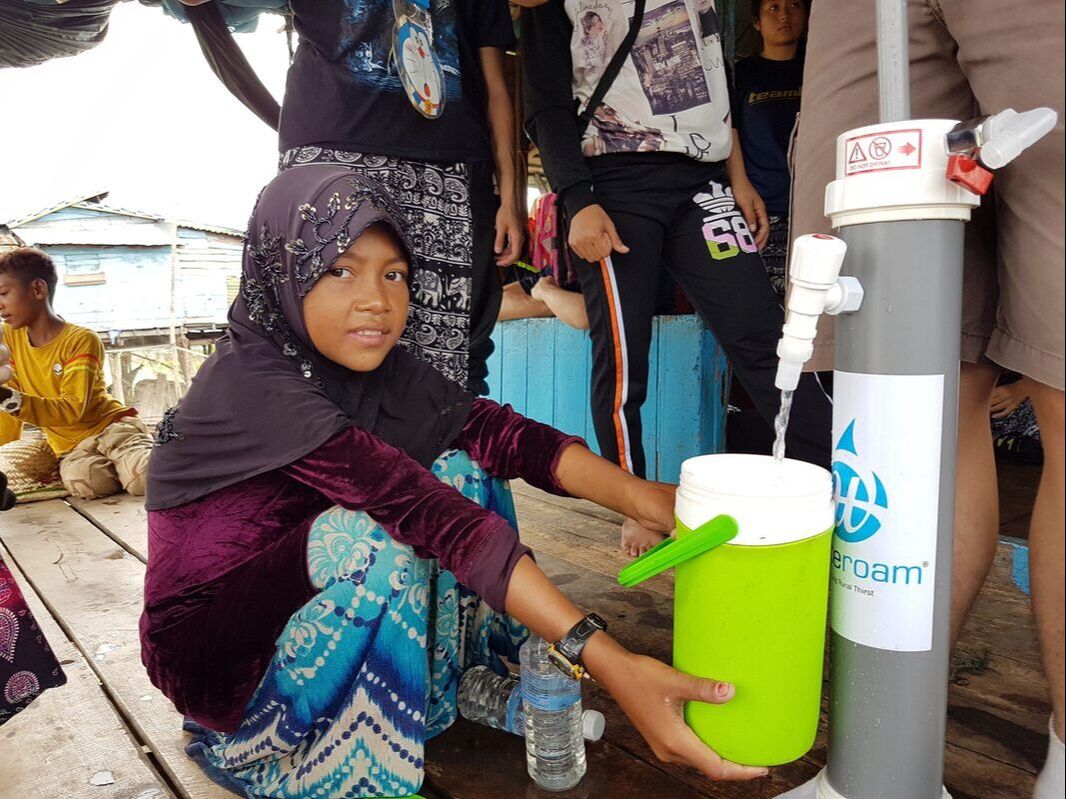
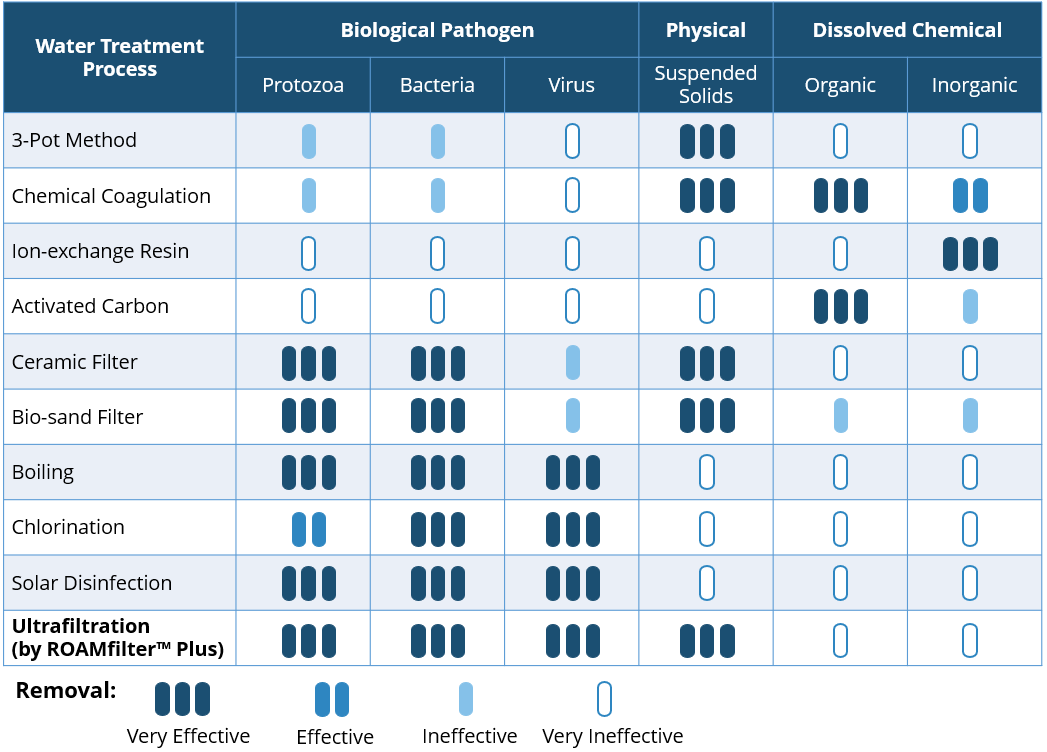
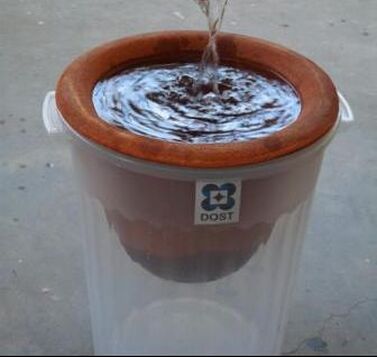
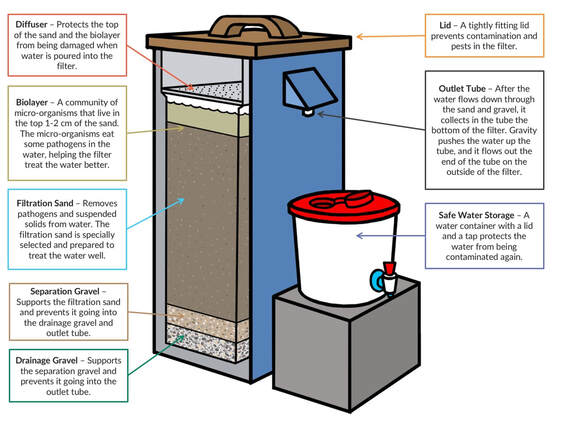
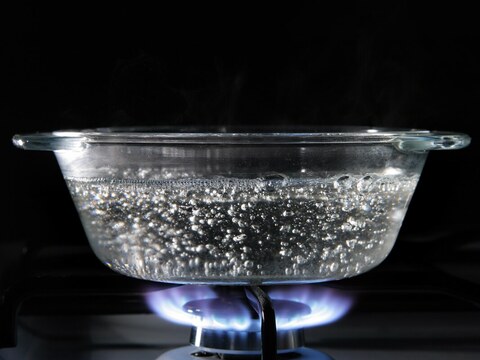

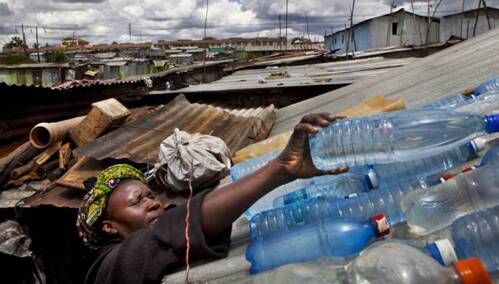

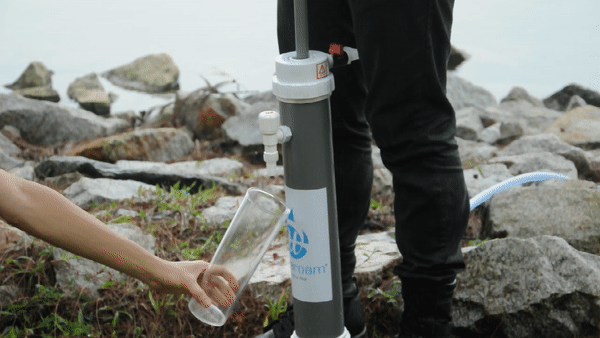

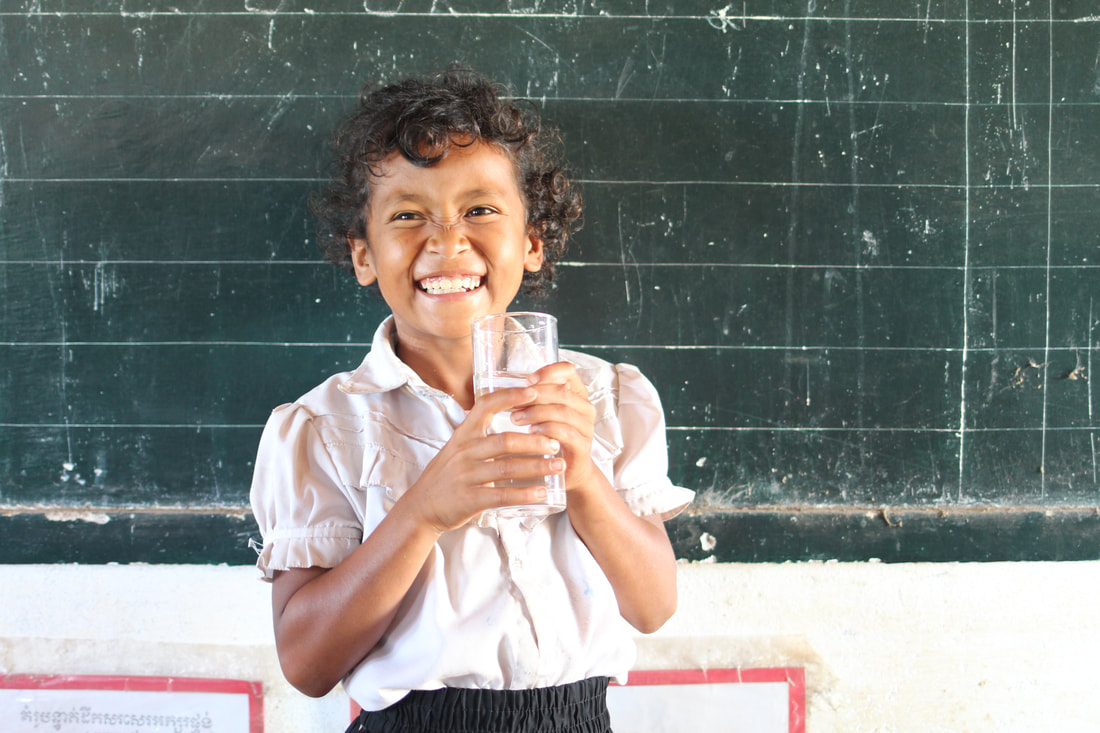
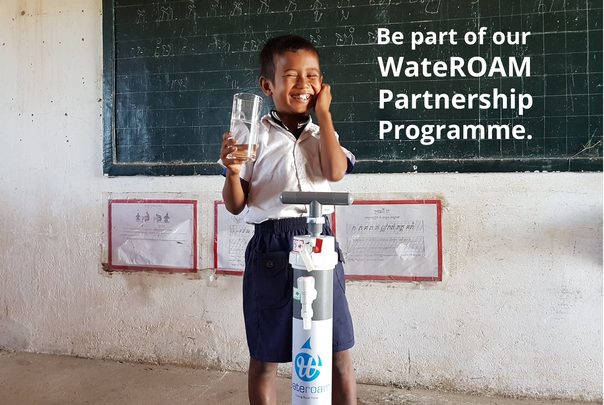
.jpg)